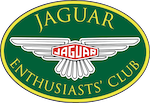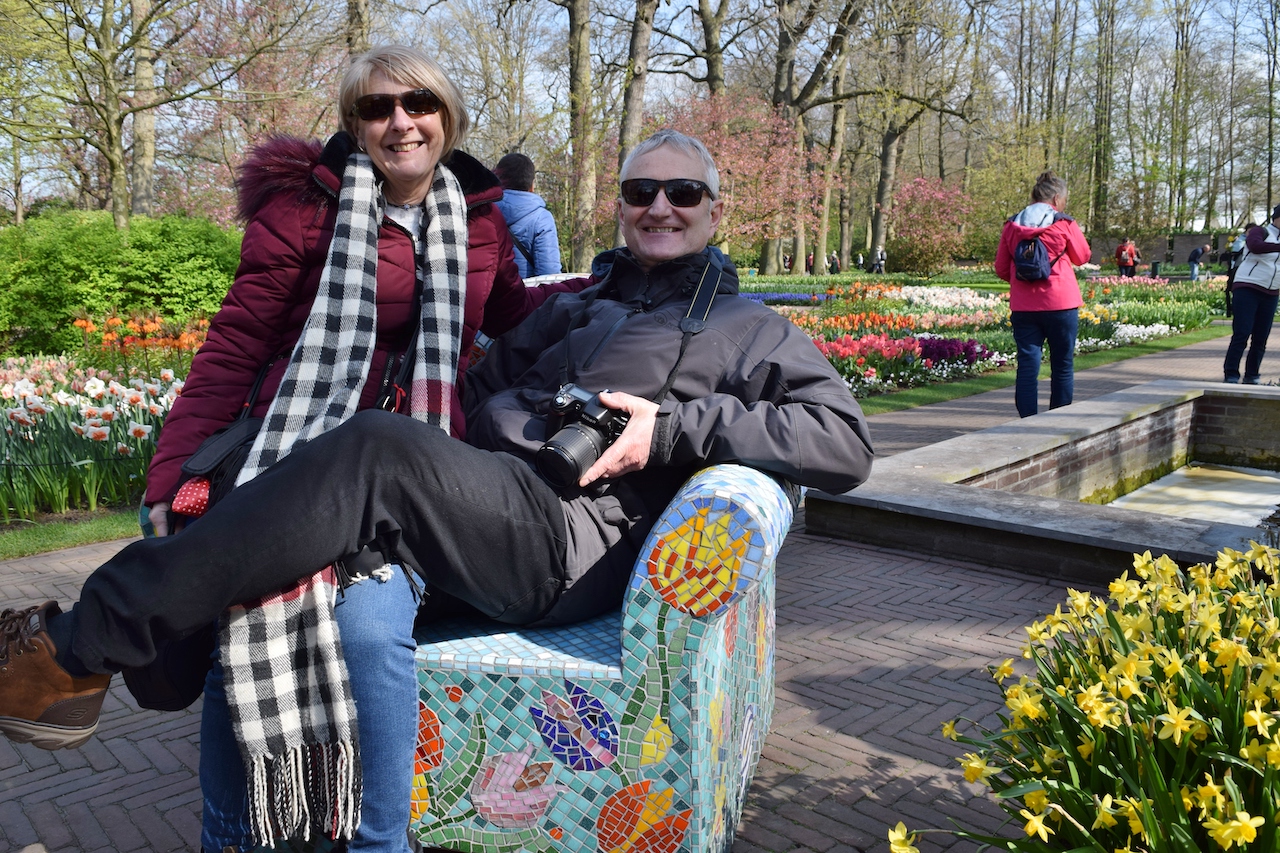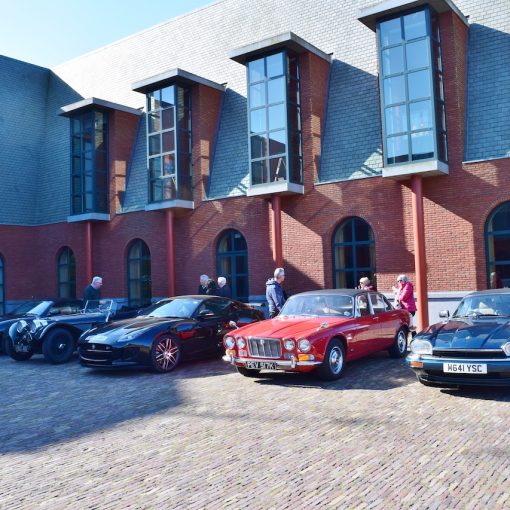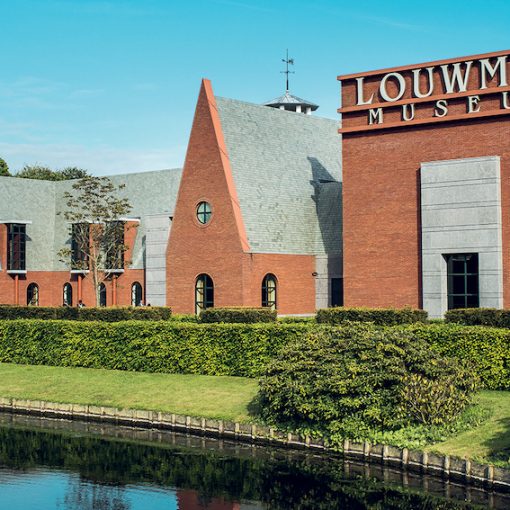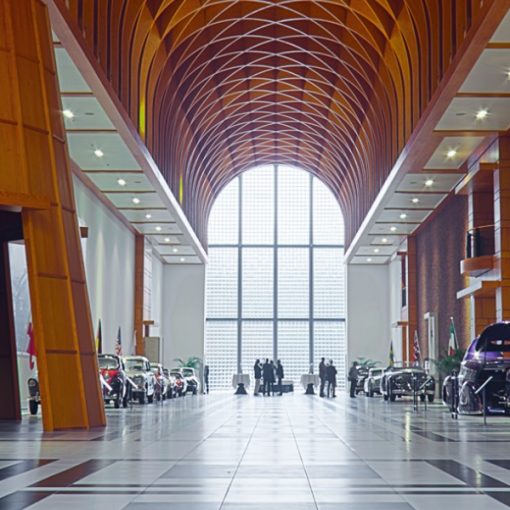A dry but chilly Sunday evening at the beginning of April found fourteen members from Essex Thameside and two friends from Suffolk – nine cars – queuing in Harwich to board the overnight ferry to the Hook of Holland. For those of us who might remember the Stena line’s ‘cattle trucks’ of old, what a revelation this was. MV Stena Hollandica is Europe’s third largest car ferry, with ten decks and fitted out more like a cruise ship. No bunk beds here; our ‘comfort class’ cabins were luxurious, with proper showers and free minibars.
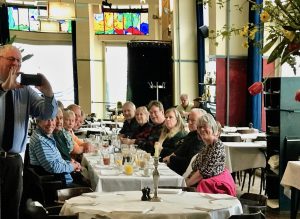 Disembarking at 8.00 the following morning, we met up and then made our way in convoy to the city centre and our pre-booked, covered parking by Rotterdam’s landmark Erasmus bridge. It was a short walk to the Grand Café Loos where we had an early and leisurely brunch, before taking the waterbus for about 40 minutes up river to Kinderdijk.
Disembarking at 8.00 the following morning, we met up and then made our way in convoy to the city centre and our pre-booked, covered parking by Rotterdam’s landmark Erasmus bridge. It was a short walk to the Grand Café Loos where we had an early and leisurely brunch, before taking the waterbus for about 40 minutes up river to Kinderdijk.
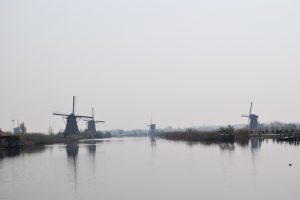 A UNESCO world heritage site, Kinderdijk is your stereotypical Dutch scene, where some twenty or more 18th-century windmills pump water up – yes, up – to the river, draining the land. Driving in Holland can be a weird sensation, looking down on houses and gardens on one side of the road and up at the river on the other.
A UNESCO world heritage site, Kinderdijk is your stereotypical Dutch scene, where some twenty or more 18th-century windmills pump water up – yes, up – to the river, draining the land. Driving in Holland can be a weird sensation, looking down on houses and gardens on one side of the road and up at the river on the other.
Some of the windmills in Kinderdijk are still lived in, while others have been preserved as they were about 80 years ago and turned into museums; strangely shaped rooms with massive oak machinery, steep stairs more like ladders, bunk beds in every nook and cranny, and just one small wood- or peat-burning stove in a tiny living room.
Returning to our cars in Rotterdam, we drove out into the late afternoon rush hour and some of the heaviest, slowest moving traffic I’ve ever witnessed. It was a nightmare for me trying simultaneously to watch other drivers, look at road signs, follow a motorcycle satnav perched on my seat, and watch my mirrors as I guided the other eight cars behind, while also being quizzed about my Suffolk SS100 by every curious Dutch driver and passer-by.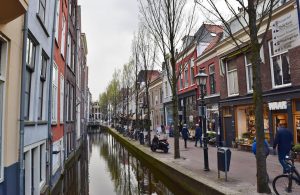
Sadly, we didn’t all make it safely to the hotel. One XJS suffered total brake failure on the motorway and had to be towed to a nearby Jaguar garage and hotel overnight. Unfortunately, the garage couldn’t repair the car within the week, so Steve and Wendy’s insurance company arranged for them and their car to be transported back home to England – a sad early end to their trip.
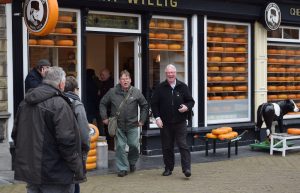 The hotel we’d booked for the week was a small but very comfortable and well-appointed family hotel with just ten rooms, right next to a golf course in a small village. It had a very busy tea room, popular with local cyclists, and a nice lounge room with self-service bar. It didn’t serve evening meals but the staff there were really friendly and helpful, organising late night taxis for us to a really good restaurant in the next town, which we liked so much that we went there again. They also helped us when, one evening, we all decided to order – in Dutch – a Chinese takeaway to have in the lounge room.
The hotel we’d booked for the week was a small but very comfortable and well-appointed family hotel with just ten rooms, right next to a golf course in a small village. It had a very busy tea room, popular with local cyclists, and a nice lounge room with self-service bar. It didn’t serve evening meals but the staff there were really friendly and helpful, organising late night taxis for us to a really good restaurant in the next town, which we liked so much that we went there again. They also helped us when, one evening, we all decided to order – in Dutch – a Chinese takeaway to have in the lounge room.
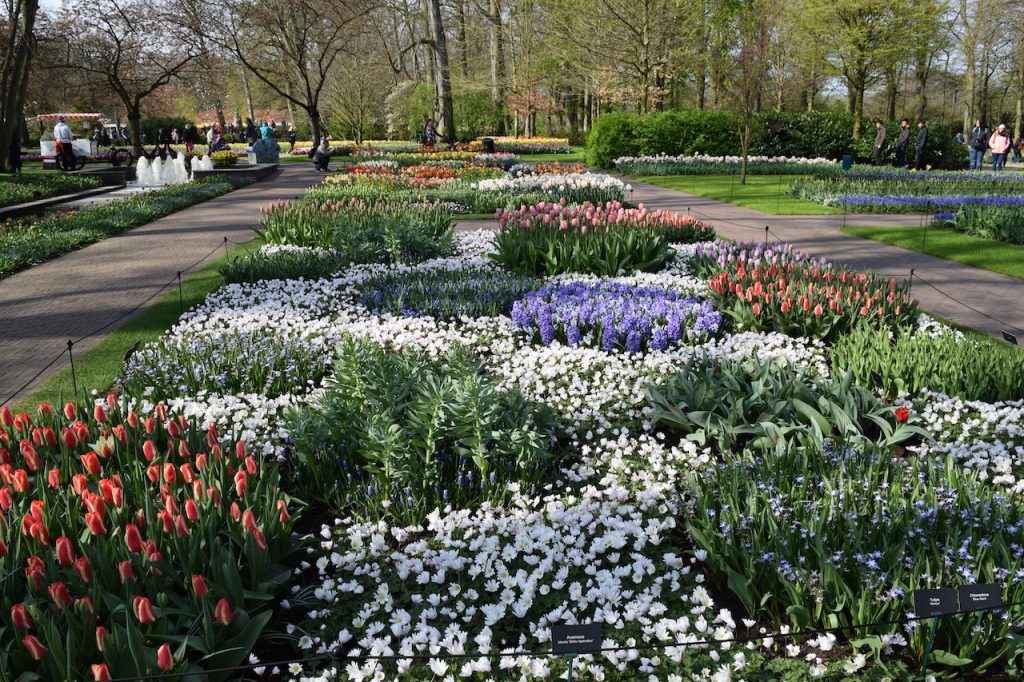
Our main objective on this holiday was to visit the famous Keukenhof gardens. Only open for two months in spring, the gardens are a showcase for the Dutch ‘floricultural’ industry with over 500 growers displaying around 7 million bulbs (hundreds of varieties of tulip, narcissus, hyacinth, crocus…), orchids and other flowers in a park covering some 79 acres. It is of course incredibly popular and busy, with some 1.4 million visitors in just 8 weeks, but still spectacular and well worth the visit; we spent all day walking around.
Fortunately for us, the weather all week was perfect. It could be cold in the early morning, as I certainly noticed with my hood down at 50mph (down to five degrees), but it stayed dry and was mostly bright and sunny, showing off the colours to great effect in the gardens and surrounding fields.
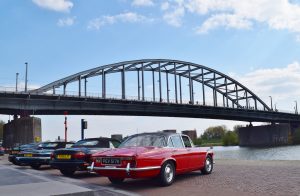 There were plenty of other things to do. On one day a group decided to visit the Airborne Museum, commemorating WW2’s Operation Market Garden and, in particular, the Battle of Arnhem. The plan had called for a rapid advance along the Meuse and Rhine rivers to capture several important crossings. The Allies quickly secured the bridges around Eindhoven, but the US 101st and 82nd Airborne Divisions encountered fierce resistance before securing the main bridge at Nijmegen. The delay enabled German forces to re-organise and Arnhem – partly held for a while by paratroopers from the British 1st Airborne Division – proved to be ‘a bridge too far’.
There were plenty of other things to do. On one day a group decided to visit the Airborne Museum, commemorating WW2’s Operation Market Garden and, in particular, the Battle of Arnhem. The plan had called for a rapid advance along the Meuse and Rhine rivers to capture several important crossings. The Allies quickly secured the bridges around Eindhoven, but the US 101st and 82nd Airborne Divisions encountered fierce resistance before securing the main bridge at Nijmegen. The delay enabled German forces to re-organise and Arnhem – partly held for a while by paratroopers from the British 1st Airborne Division – proved to be ‘a bridge too far’.
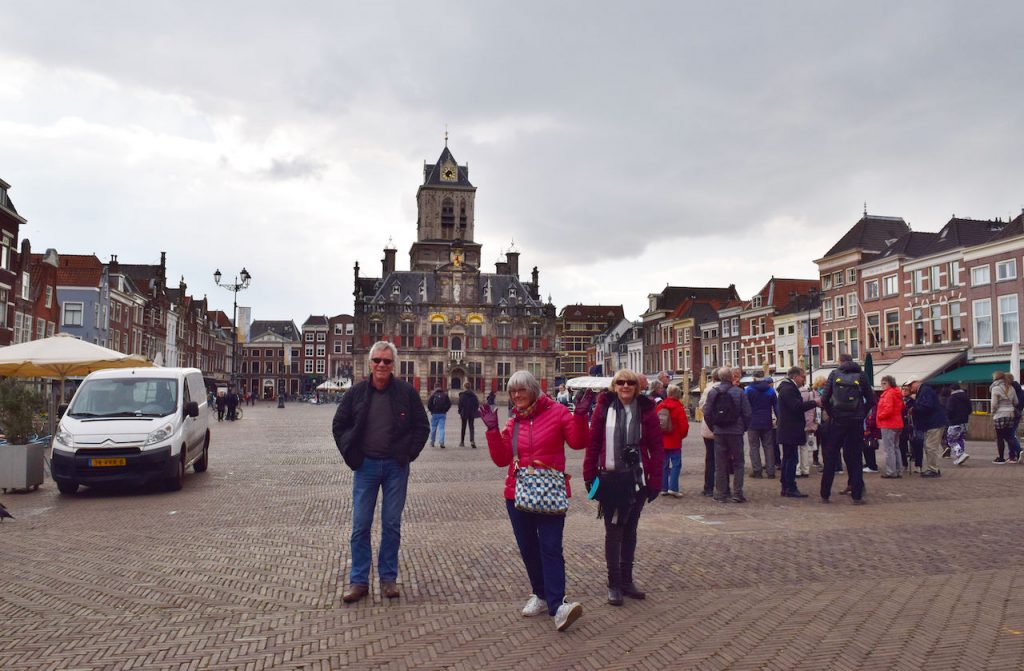
There were also several ancient and pretty Dutch towns to visit; as well, of course, as Amsterdam. Largely untouched by WW2 bombing or modern redevelopment, the streets and squares, lined by canals and waterways, are full of lovely old buildings that stretch back to the Netherlands’ heyday in the 15th to 17th centuries, with just the occasional art deco shop or modernist house to add interest. The central squares in Gouda and Delft, with their 15th century town halls (and the cheese market in Gouda every Thursday morning), are great places to sit and watch the world go by.
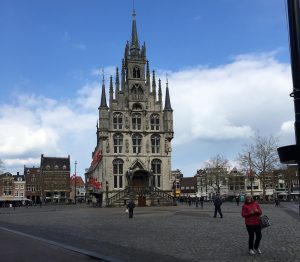
The Louwman Museum in The Hague was also a highlight of the holiday, but more about that in next month’s newsletter.
The week passed by all too quickly and it seemed no time before we were queuing again, late on Friday evening, for the return ferry home. Overall it was a thoroughly enjoyable pre-Easter break; there were lots of things to do, everyone got on really well together and we all had a great time. The challenge now is to think of something different for autumn 2020 or spring 2021 – all suggestions welcome!
Richard Gibby
